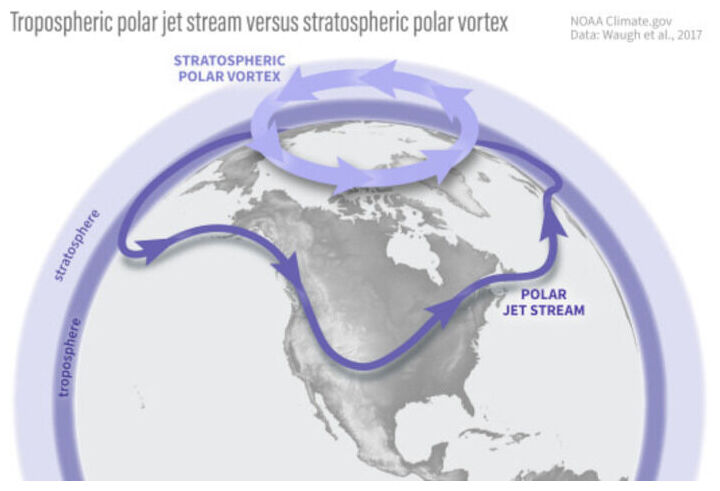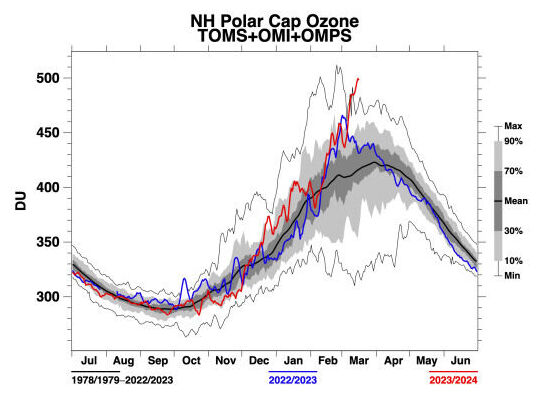OF THE
TIMES
We had a system like this at my Old job at Rio Tinto due to the number of long hours we were driving in the West Australian desert. It was called...
I don't believe that the 'right-left' paradigm will last much longer before one of two things happens: a) there is a civil war, or b) a black swan...
Reminds me of that scene at 58:00 minutes into the [Link] movie Animal House where a serious internal conversation takes place.
The SOTT comment is the truth. The idea that the WHO has backtracked is a falsehood being planted in mainstream and alternative media. It needs to...
Henry Camus wrote many books and short story’s on Algiers, la Peste, The Plague one of the best. Fave reading in high school days, we had...
To submit an article for publication, see our Submission Guidelines
Reader comments do not necessarily reflect the views of the volunteers, editors, and directors of SOTT.net or the Quantum Future Group.
Some icons on this site were created by: Afterglow, Aha-Soft, AntialiasFactory, artdesigner.lv, Artura, DailyOverview, Everaldo, GraphicsFuel, IconFactory, Iconka, IconShock, Icons-Land, i-love-icons, KDE-look.org, Klukeart, mugenb16, Map Icons Collection, PetshopBoxStudio, VisualPharm, wbeiruti, WebIconset
Powered by PikaJS 🐁 and In·Site
Original content © 2002-2024 by Sott.net/Signs of the Times. See: FAIR USE NOTICE


Reader Comments
I might add, an article without mentioning that certain narrative. Refreshing.
If I remember correctly, Ben Davidson often mentions it, or links to it.
When the world was going crazy at the end of the 1960's and into the 1970's with drought and cooling temperatures and Nixon taking the U.S. off of the gold standard there was one thing going on that nobody would talk about; the Beaufort gyre release and the great Salinity Anomaly.
Although the gyre has been studied for decades and we have seen it's 11-year cycle repeat many times, this time it's been almost twenty years since its last substantial release so this release promises to be very large.
Anthony Watts: [Link]
Martin Armstrong: [Link]
Anthony Watts - Collection of Global Cooling articles from early 1970's: [Link]
Something the Western so-called elite was willing to kill 90+% of their own population for.
.
Safe Zones and Disaster Zones [Link]